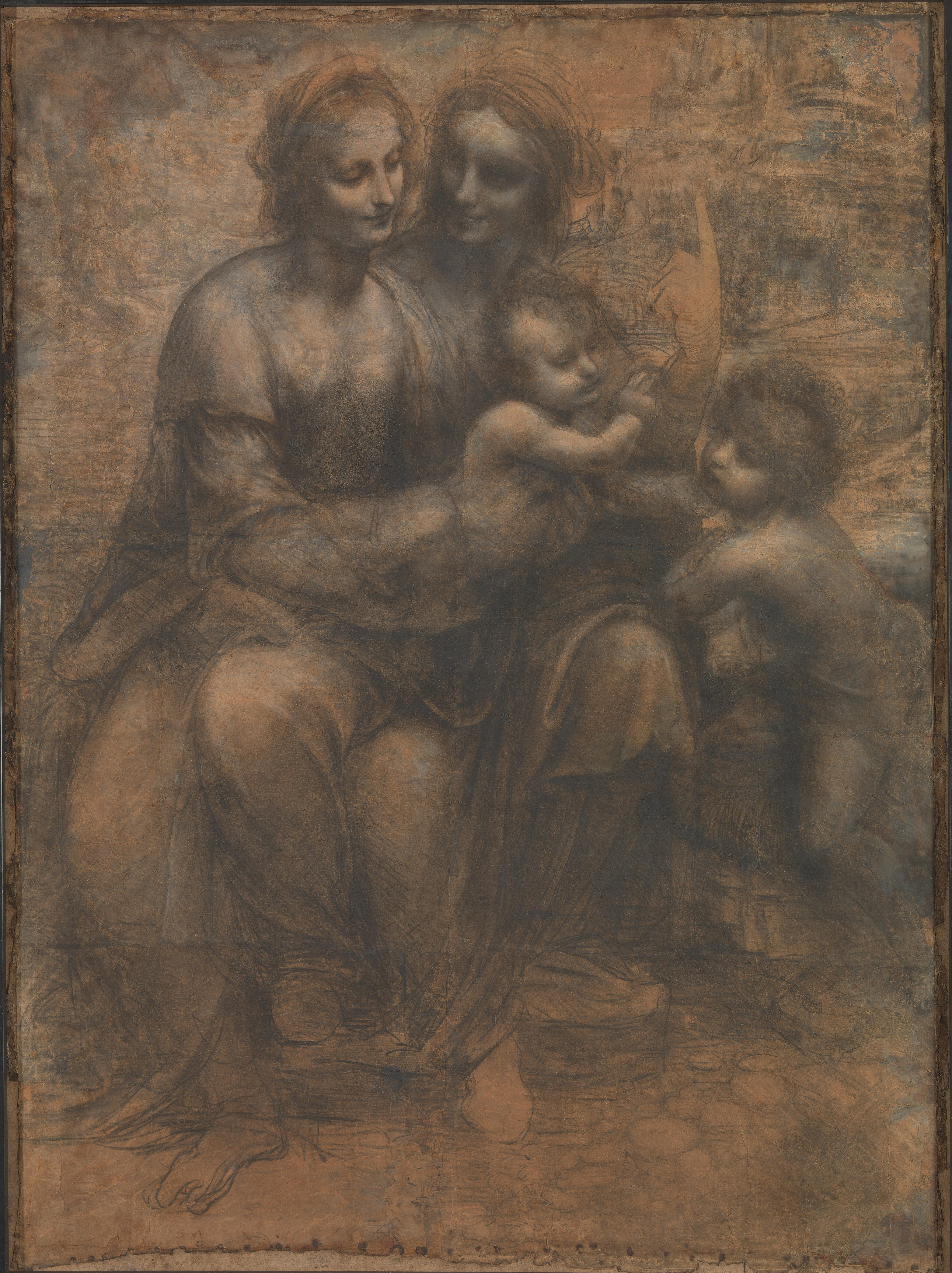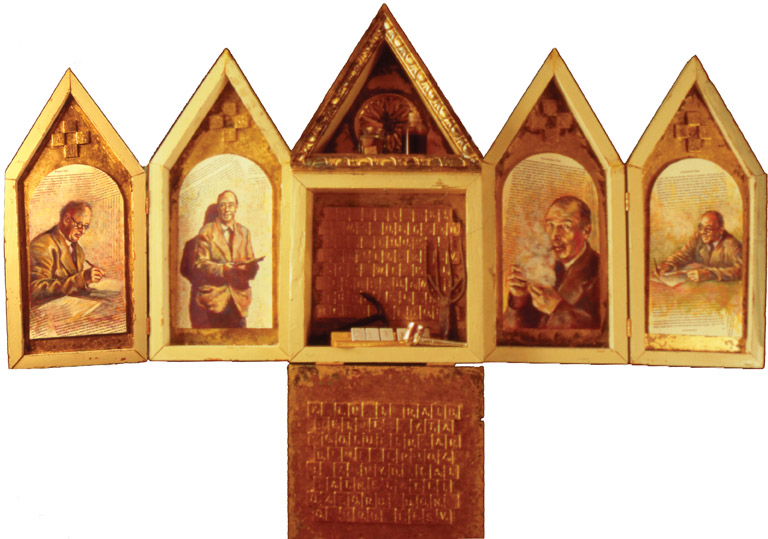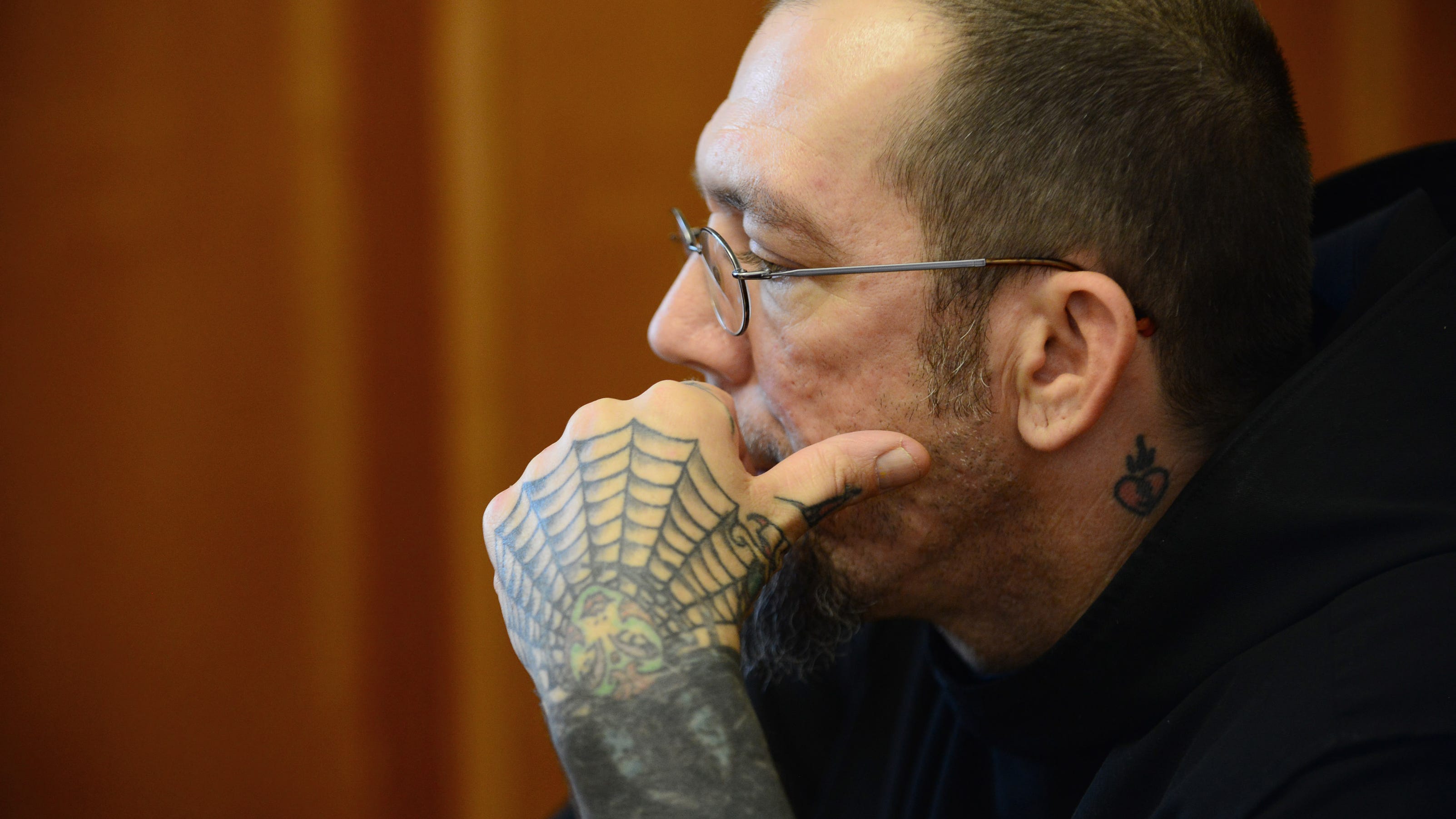Some of the artwork presented in this chapter on beauty:

Michelangelo Pistoletto,
Venus of the rags, 1967
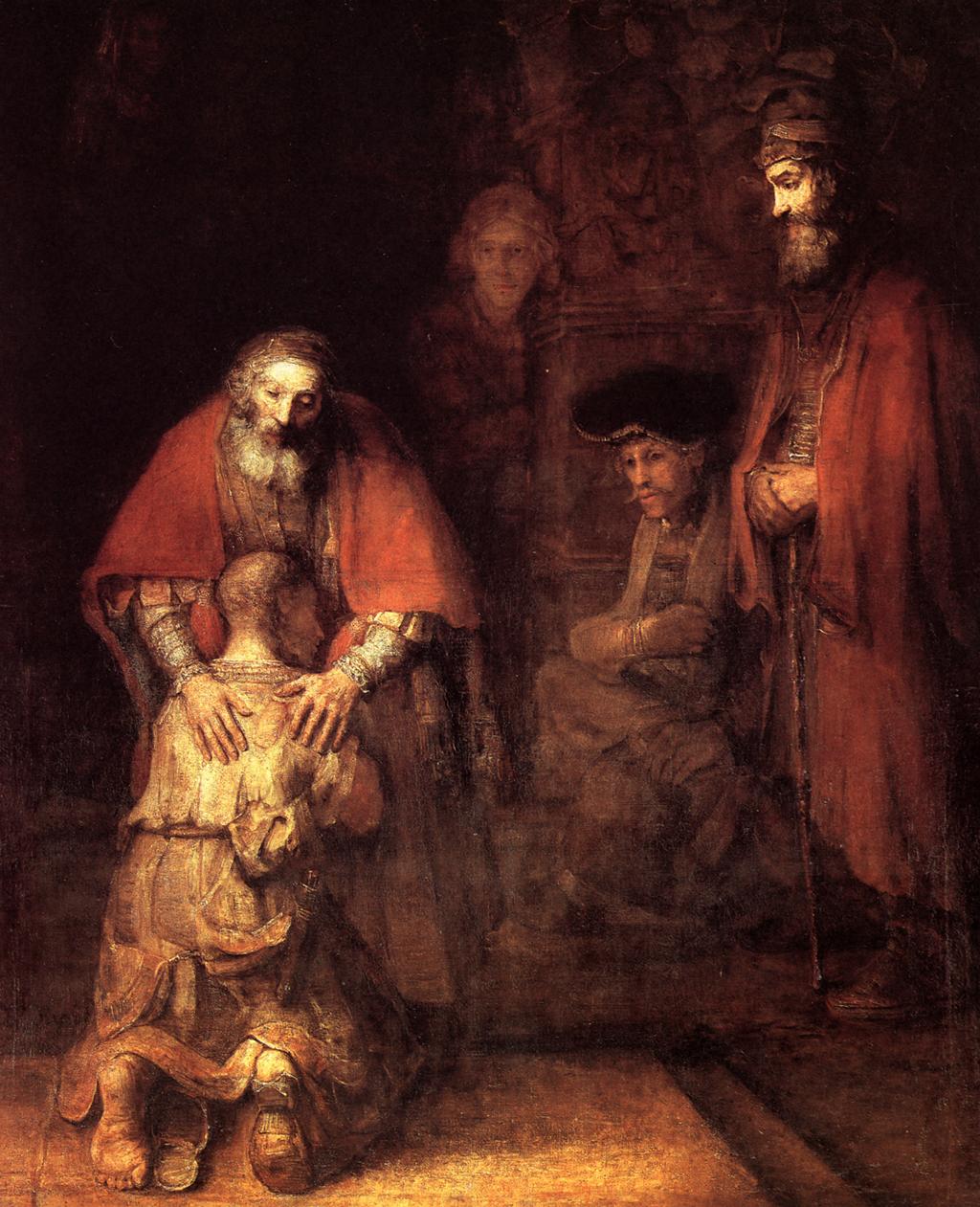
Rembrandt,
Return of the Prodigal Son
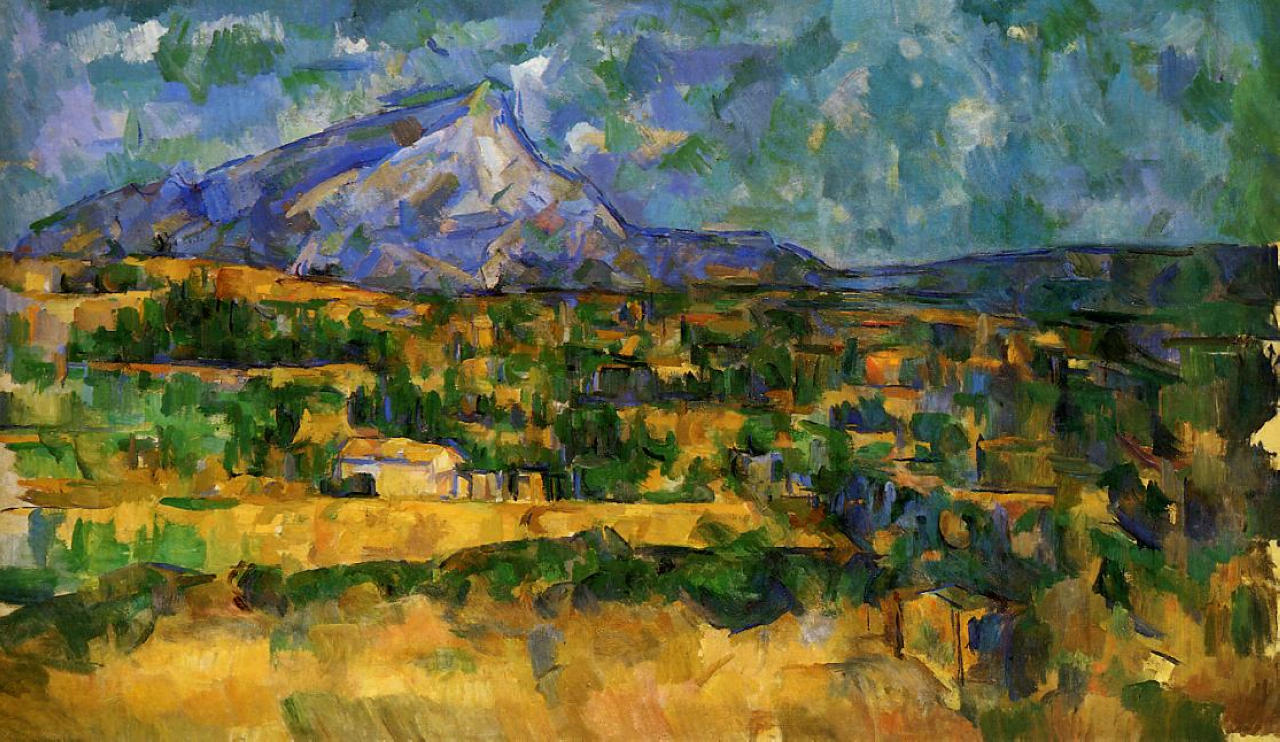
Paul Cezanne,
Mont Sainte Victoire

Tim Lowly,
Carry Me
Here are some quotes that I found very intriguing, along with brief reflections.
" Earthly beauty was considered to be both a reminder of and a pointer to spiritual beauty- to heavenly Being... that one should look at the transient beauty of this world with a view to rising above it towards a higher, more perfect and more permanent reality." (Pg. 39)
- We were never meant to adore earth for its beauty, but to adore the Creator who made it. We were to be in awe at His/Her design and glorify Him/Her as a result of our bewilderment. However, for some reason we have confined beauty to earth and limited its definition to the things that we can see, instead of realizing the true root of beauty. This is so unfortunate.
"We have one Creator and one world created by this one God. Equally important, this world was originally created good. Yet Christians with remarkable persistence speak as if there are two worlds and proceed to describe these in terms of a lower realm of physicality, sensibility, particularity, temporality, imperfection, and so on, and a higher realm of immateriality, invisibility, ideality, eternity, perfection, etc."(Pg. 39)
- I definitely have had this mentality in the past. The idea that earth isn't beautiful, and that I must hope and long for Heaven, which is an entirely different realm. When in reality God plans to restore earth to what it first was when He/She created it. Earth is beautiful, despite its imperfection, and that imperfection is actually a part of what makes it beautiful. It makes us long for a perfect God, who extends mercy and love freely. I feel like sometimes we see Heaven as this paradise free of problems and difficulty, full of abundance and liberty,but forget about the Creator. John Piper, although someone who I do not see eye to eye with on every theological matter, asks an interesting question: "If you could go to Heaven, have spectacular sunsets, no more decease, no more depression, all the friends that have gone before you, all the toys that you have ever wanted, and Jesus not be there, would that be okay?" When I first heard this question, there was so much conviction. I realized that I had been desiring my own personal heaven, but not God and the renewal of earth.
"In Psalm 50:12, God proclaims that, 'the world is mine and all that is in it,' and in John 3:16 God declares his own deep seated love for this world to the point that he is prepared to give his only Son for it." (Pg. 39)
- I guess the idea that Jesus died for earth, just as much as he died for us never crossed my mind. I understand that when John 3:16 says that "God so loved the world..." it applies to us, human beings, his children, but I see now that he also died to restore the earth. Albeit, He/She won't be restoring the earth until his second coming, but he still had the brokenness of earth on His mind when he died. This thought is mind boggling to me.
"And, so argues von Balthasar, if good has lost its attraction, why would man still want to pursue it?" (Pg. 41)
- When I read this quote I think of how shallow our view of beauty truly is. Because of this when we see tragedy, we automatically forget about the beauty of God and loose interest in Him/Her. We point our fingers towards heaven and tell God that because of the broken world that we have created, He/She is no longer beautiful. Hurricanes are not nice and/or pretty, so therefore neither is God. There is such fault in our logic.
"...the beauty-glory of the resurrected Christ is not rooted in His physical appearance but in His self-sacrificial love, which passes through the ugliness of the cross." (Pg. 42)
- We are able to see the gore of the cross as beautiful because we realize that the ugliness benefited us. The pain and suffering gave us freedom and eternal life. But for some reason we don't realize that our decisions and poor stewardship of earth have cost God greatly. It saddens Him/Her, but he chose to sacrifice His/Her beautiful creation because he loved us.
"Beauty, likewise, always appears in particular historical and social contexts. It is not the same for everyone at all times. It is always a complex set of factors and can be considerations which, when seen, evokes from us the exclamation: 'How beautiful'!" (Pg. 42)
- This quote reminded me of the conversation we had with Cory Beals. Everyone views beauty differently, everyone defines it differently, which is even more proof of its existence. In the same way God is so grand, and the fact that we all see Him/Her differently is good, because it speaks to the multifaceted and great God that we serve.
"Art is no longer produced within and for a community but by one isolated individual for an international global art world. As a consequence the general public no longer tends to know how particular art works originate and in what circumstances." (Pg. 45)
-I think it is so important to keep art within a small community. To tell the stories of that community and to truly establish an understanding of what your artwork means within it. One of my favorite artists Shelby Lee Adams spent 40 years of his life photographing the people of the Appalachian Mountains, getting to know them profoundly and becoming a part of their community. Of course, I understand that having your work displayed to bigger audiences is good, especially when managing to so oversees, but I think that there should always be a community from which the artist works. When community is gone, you get isolation and art that lacks profound meaning, as least this is my understanding.
"True beauty, if you like, is more than skin deep. Taken in its proper context it is a multi-layered affair, which is able to acknowledge and embrace friction, violence, brokenness, pain, suffering and all that a fallen world entails. The best and most enduring works in the of art, music and literature have always been able to visit the darkest places of the human condition and bleakest moments in human history. Indeed, and important aspect of art's calling is precisely to expose the the world's fragmentation and pin as signs of it its broken fallen condition... art thus helps is make sense of our world and, in doing so, can bring shalom to the world, even as it highlights its brokenness." (Pg. 47)
- The idea of bringing shalom while simultaneously highlighting brokenness is such an interesting paradox. But when you think of it, it is exactly what Jesus did. He brought shalom through His suffering. I love this concept of peace weaving its way through war, hurt, brokenness, pain. Kind of like the way flowers grow through concrete. It is truly fascinating.
" As fallen creatures living in a broken world, we cannot ignore, deny or escape its flawed condition. But as renewed and redeemed creatures, living in the new expectation of a new heaven and a new earth, we are also capable of seeing traces of the world's original goodness and of tasting the Lord's presence in the midst of it all." (Pg. 49)
- "Tasting his presence in the midst of it all", yes, he has blessed those who are in Christ with that ability and gift. I am constantly thankful for the way that God shows up within brokenness. He/She shows up in the darkest of places. Like one of my favorite Switchfoot songs says, "The shadow proves the sunshine!"
"To seek and pursue redemptive beauty is therefore not merely a luxury pastime but a call to artists to become agents of restoration and reconciliation... and in such creations of redeemed beauty we may be surprised to find that lament and celebration can join hands in unexpected ways." (Pg. 49)
- I went to an art forum this weekend and one of the artists on a panel said the following that really stuck with me, "A significant part of the artist challenge is to go beyond interpreting human experience and to instead interpret human possibility." I believe he was quoting a favorite book, which I didn't get the author or title of, what I was blow away by the simplicity, yet the profoundness of this statement. And I think it speaks to this idea of reconciliation within our art work. If we can find ways to portray the world by pointing out its/our strengths and possibilities, instead of just our experience, or at least meshing experience with possibility I think we can really change mindsets and false perceptions of beauty.
Sources:
- https://www.youtube.com/watch?v=F4-CrGFUAjA
- Bustard, Ned, and Sandra Bowden. "God Is Good like No Other." It Was Good: Making Art to the Glory of God. Baltimore, MD: Square Halo, 2000.



























